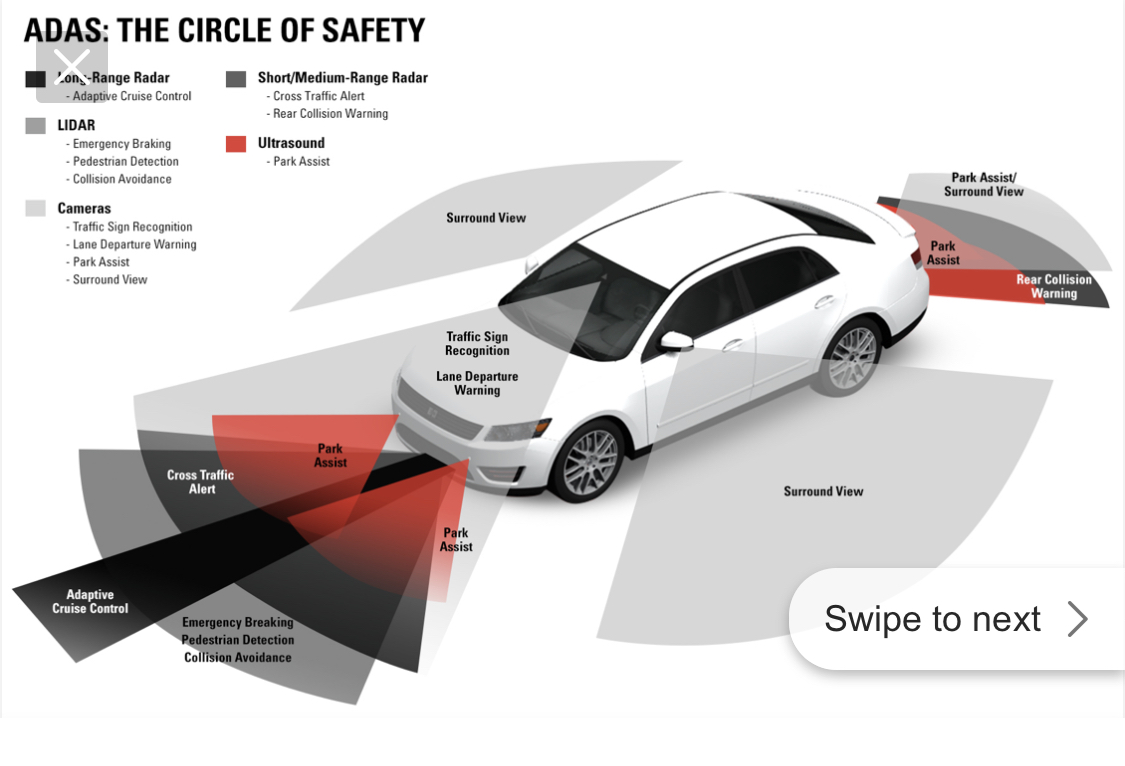ADAS Recalibration
We recalibrate ADAS system to keep you safe.


Your ADAS systems will need recalibration once a new windshield is installed!
ADAS stands for Advanced Driver Assistance System. It is a rapidly growing technology that includes multiple assistance systems to aid the driver while the vehicle is in operation.
There are 2 main types of recalibrations. Static and Dynamic. Static Recalibrations are executed while in a controlled environment utilizing targets along with lasers to measure accurate range thresholds (all of which are OEM specific to vehicle manufacturers) to program the FFC (forward facing camera) to not only read the proper target, but to also see correctly through the new windshield. Dynamic Recalibrations are executed while driving the vehicle with clear weather on a roadway with proper road markings to ensure the FFC can measure range thresholds as well as see clearly through your new windshield.
Our techs are Opti-Aim certified!
- Lane Keep Assist
- Lane Departure Warning
- Forward Collision Alert
- Blind Spot Monitoring
- Park Assist
- Adaptive Cruise Control
- Adaptive Headlights
- Forward Collision Mitigation
We Use The Opti-Aim System To Keep You Safe
We are your local Opti-Aim trained ADAS team.
Aim. Click. Complete.
Once connected to the vehicle, Opti-Aim™ begins the camera aiming process and then works with the vehicle’s computer to optimize camera alignment and restore it to OEM specifications.
Auto Glass Technology Is Rapidly Changing.
Advanced Driver(s) Assistance Systems (ADAS) in vehicles is becoming increasingly popular. These systems rely upon cameras, lasers, and radar – often with the camera mounting to the windshield. Any time a new windshield is installed, the camera must be calibrated to ensure proper functionality and to restore the camera to OEM specifications.
What will happen if the vehicle is not calibrated?
If a vehicles ADAS system is not properly calibrated, the ADAS system will not function properly and may cause failure to aid the driver by not reading road markings or objects in front of the vehicle correctly or accurately.
If the cameras/radars/lasers on the vehicle are off by even a few millimeters they may not give accurate readings and the system may not function properly.








